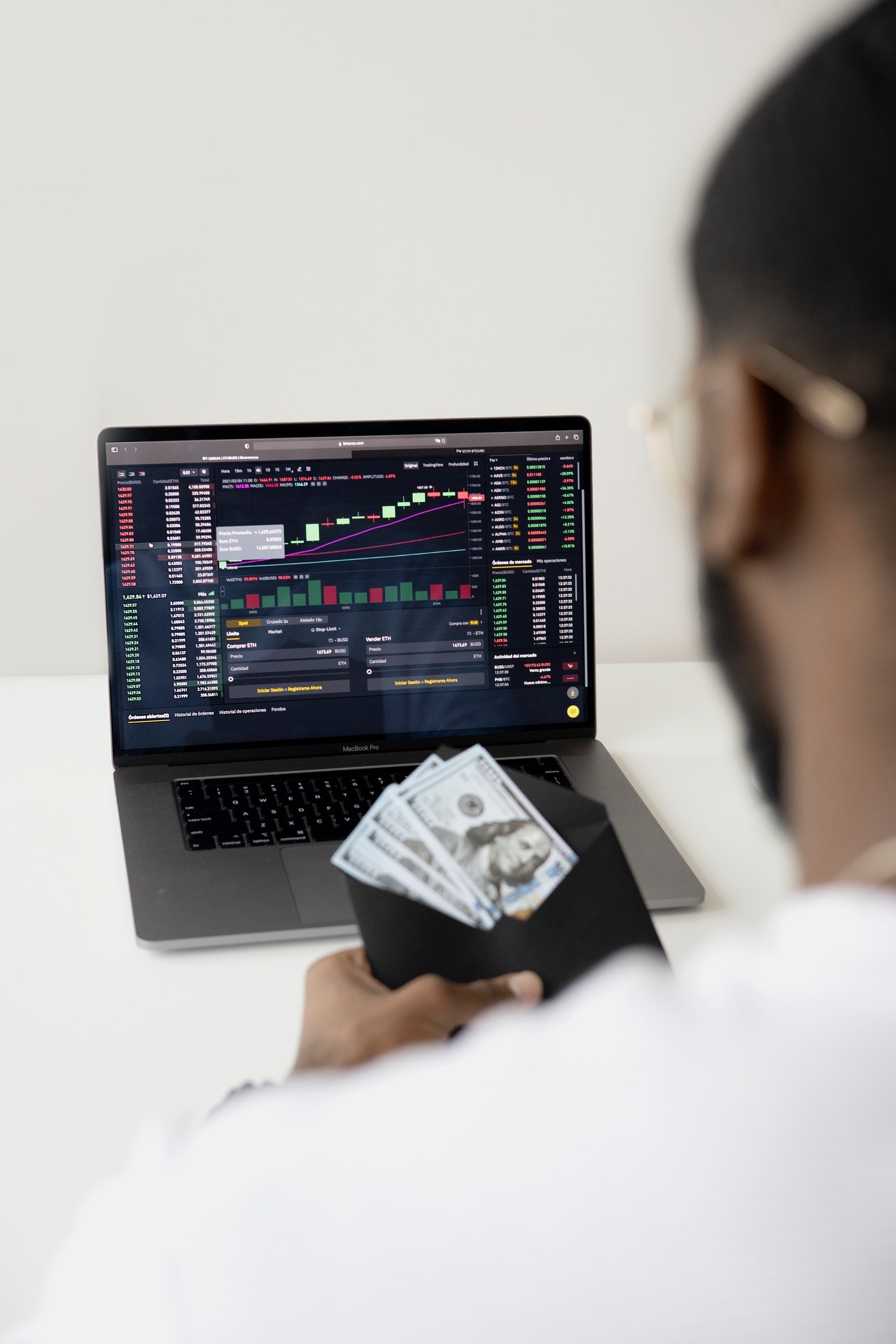While the world was trying to deal with the Black Swan event of Covid in the last two years, stock markets had a golden run, with Sensex delivering an annual return of 15% in 2020 and 20% in 2021. Where will it take you in 2022? What should be your strategy in 2022? Should you adopt a buy and hold strategy, or experiment with trading? Both these strategies have their pros and cons.
Long-term investing is the tried, tested, and safe method to invest in equities. Careful stock selection into high growth and stable sectors, industry leaders, or high potential mid-caps that can generate positive returns over the long term, is the success formula for consistent returns.
On the other hand, trading is for investors with a fair appetite for risk and an ability to keep an eye on the markets on a day-to-day basis. Traders lookout for opportunities in every market event. A rising market, as well as crashing indices, offer opportunities to take positions and garner profits.
As an investor, it makes sense to adopt both strategies to earn a reasonable upside in your portfolio. Consider the following factors to form an ideal mix of investing and trading in 2022.
Table of Contents
Risk appetite
How much risk in your portfolio can you stomach? Trading is a high-risk game where you can earn profits within hours or book losses. If market upheavals and inherent risk are likely to leave you distraught, you need to steer clear of trading. E.g., if you are nearing retirement, trading is not a suitable strategy. If you can digest the risk of short-term fluctuations in your portfolio, you can allocate 10–15% of your portfolio to trading.
New investor vs. experienced investor
If you are a first-time investor or a new investor with limited experience in equities, it is safer to invest in robust businesses with a past track record of delivering returns and the potential to grow in the future. A small portion of your investment, not more than 5%, can be allocated to trading. Trading requires a short-term mindset, where you buy and sell at every market fluctuation. It takes time and experience to venture into daily market ups and downs. You can start trading with advice from a professional or an expert, with a small allocation.
An experienced investor can allocate a higher share towards trading to get an upside from market twists and turns.
Time
As the saying goes, time is your most important investment. Trading requires you to devote time on a daily basis to keep abreast of the market trends and news. You need time to track the movements, spot the right moment, identify stocks to buy, and book profit within a short time. If you keep a busy schedule and have other commitments, trading may not be feasible for you. A long-term investment strategy is suitable to benefit from equity investments. The buy-and-hold strategy does not require frequent portfolio reviews or calls. You need to hold good equities through ups and downs to reap long-term returns.
If you are a millennial, born in the internet age with disposable income and time to devote to online trading through online investing platforms, you can gain upside with trading for short-term returns. You can also build a long-term portfolio for consistent growth.




